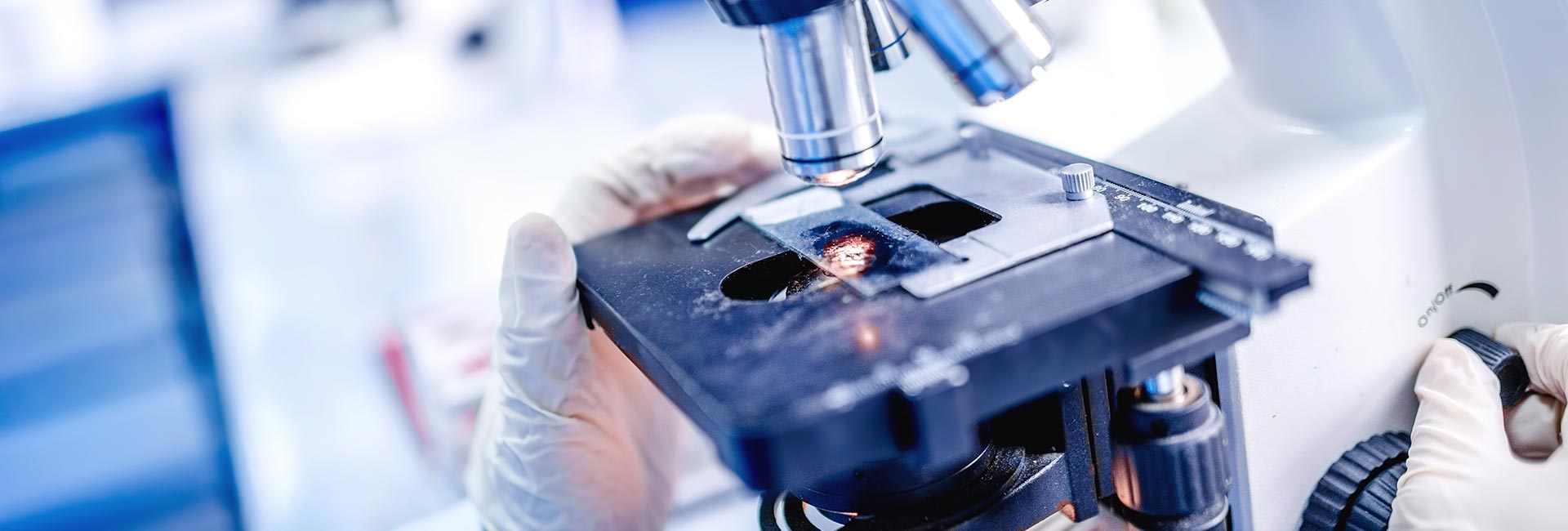

This test method adopted by the International Maritime Organization specifies a procedure for qualifying the surface flammability of products and therefore their suitability for use in marine construction.
-yangin-testi-uygulamasi-icin-uluslararasi-kod-test-standardi.jpg)
The tests are performed in accordance with the procedure set forth in Annex 307, Section 88 of IMO Resolution MSC 2010(1) (5 FTP Code).
International Maritime Organization Decision MSC 307(88) (FTP Code 2010): Annex 1, part 5 "Surface flammability testing (Test Surface Materials and Primary Deck Coatings)" to characterize bulkheads, ceilings, floors and their flammability and hence suitability for use in marine construction It basically covers the testing of primary deck lining materials.
Resolution specifies a test method for measuring the lateral spread of flame along the surface of a vertically oriented product sample and a method for determining the heat released by the sample during exposure to a given radiation gradient. It also details a classification system based on critical flux in quenching, heat for sustained combustion, peak heat release rate and total heat release.
The test method involves mounting each conditioned sample on a defined radiant flux gradient and measuring the ignition time, flame spread, and final quenching distance, along with a stacked thermocouple signal as an indication of heat release by the sample during combustion.
The test results for the spread of flame parameters for individual samples, as well as comments on the observations made during the test and the difficulties encountered during the test, are given in appendix 1. The heat dissipation data produced during each of the tests is given in appendix 2.
The samples meet all criteria given in the IMO document for curtain, wall and ceiling products and can therefore be considered to have low flame spread in accordance with the 1974 International Convention for the Safety of Life at Sea.
Test results may only refer to the behavior of product samples under certain conditions of the test; They are not intended to be the sole criteria for assessing the potential fire hazard of the product in use.
Test results relate only to samples of the product produced as tested. Minor differences in the composition or thickness of the product can significantly affect performance during testing and therefore invalidate test results. Care must be taken to ensure that any product supplied or used is fully representative of the samples tested.
EUROLAB is recognized by the International Maritime Organization (IMO) as an approved test laboratory for testing according to the International Code of Practice for Fire Test Procedures (IMO 2010 FTP Code). This test can also be applied to Wheelmark products in accordance with the directive. You can meet IMO tests with our laboratory EUROLAB.
To get an appointment, to get more detailed information or to request an evaluation, you can ask us to fill in our form and reach you.